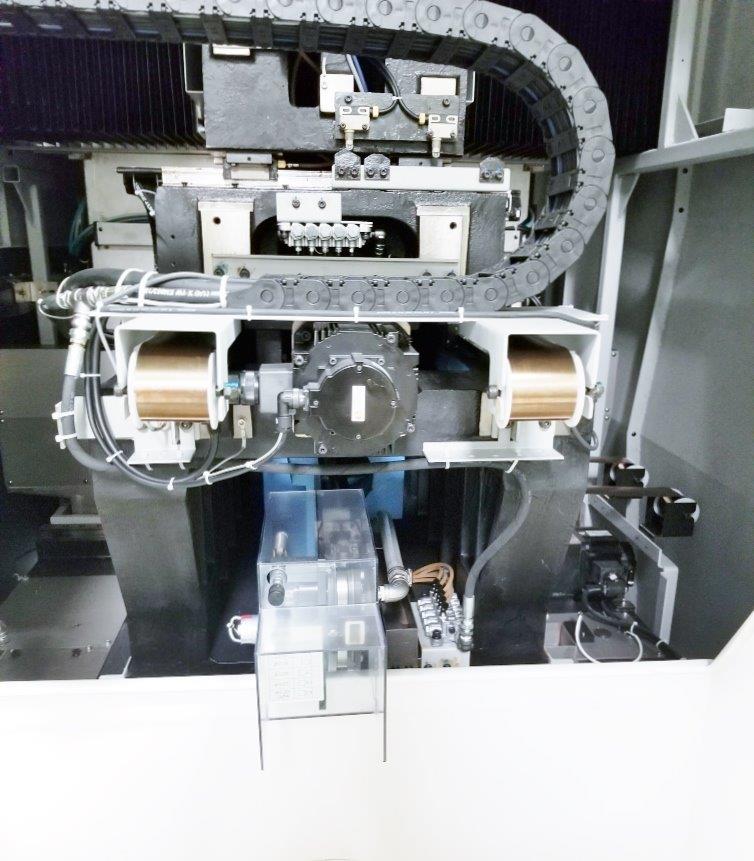
We have also explored the possibility that individual differences in macular pigment density may be responsible for the variation in unique green wavelength. We have investigated this claim using a Wright colorimeter to measure the unique green wavelength of 58 participants and we have analyzed previous unique green literature by applying a rigorous statistical test to historical datasets. Some researchers have reported that this broad distribution of UG settings is bimodal and that the distribution results from the superposition of two or more subpopulations. Three-dimensional echocardiography of adequate quality has been shown to improve the quantification of left ventricular (LV) volumes and LV EF, as well as provide.Abstract Monochromatic unique green (UG) is more variable across the population than any other unique hue. Echocardiography is a non-invasive ultrasound procedure used to assess the heart's structures and functionality, to include the left ventricular ejection fraction (LV EF ), left ventricular end-diastolic volume (LV EDV ), and left ventricular end-systolic volume (LV ESV ).

Clinical application of non-invasive cardiac imaging in the management of CHF patients with systolic and/or diastolic dysfunction has become the standard with the use of procedures such as echocardiography. The effectiveness of CHF diagnosis and treatment therapy depends on an accurate and early assessment of the underlying pathophysiology attributed to a specific type of CVD, typically by means of analyzing ventricular functionality.

Given the severity of CHF, and the impending need for supplemental support from these cardiac assist devices, effective methods of identifying the recipient cardiovascular profile and matching that to the operation of the VAD is critical to the success of the intervention. Implantable VADs have proven their potential as a quickly implemented solution for bridge to recovery, bridge to transplant, and destination therapy. One treatment alternative for patients with late-stage CHF is the use of a ventricular assist device (VAD) to directly assist with the blood flow demands of the circulatory system. With research revealing that 50% of people who develop CHF will die within 5 years of being diagnosed, the need to evaluate treatments for this widening patient population is of growing importance. adult population has the predisposing conditions for CHF. This prediction is based on data that revealed that one-third of the U.S. Furthermore, predictions indicate that by 2030, the total cost of CHF will increase almost 127% to an estimated $69.7 billion.

In 2012, the total cost for CHF alone was estimated to be $30.7 billion with 68% attributed to direct medical costs. CHF is a medical condition that occurs when the heart is incapable of meeting the demands necessary for maintaining an adequate amount of blood flow to the body, resulting in ankle swelling, breathlessness, fatigue, and potentially death. Research has revealed that CVD is a leading contributor to Congestive Heart Failure (CHF). population will have some form of this disease. Additionally, data accumulated from 2011 to 2014 revealed that approximately 92.1 million American adults currently have one or more types of CVD and that by 2030, projections estimate that 43.9% of the U.S. Based on data collected by the National Health and Nutrition Examination Survey (NHANES), CVD was listed as the underlying cause of death in 30.8% of all deaths in 2014, accounting for approximately 1 of every 3 deaths in the U.S., while CVD attributed to 53.8% of all deaths in that year. Taylor 1Įvery year since 1919, cardiovascular disease (CVD) accounted for more deaths than any other major cause of death in the United States.


 0 kommentar(er)
0 kommentar(er)
